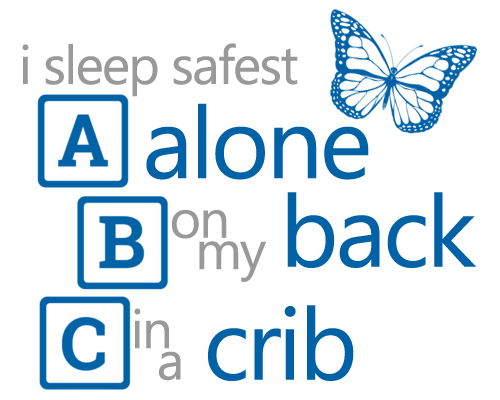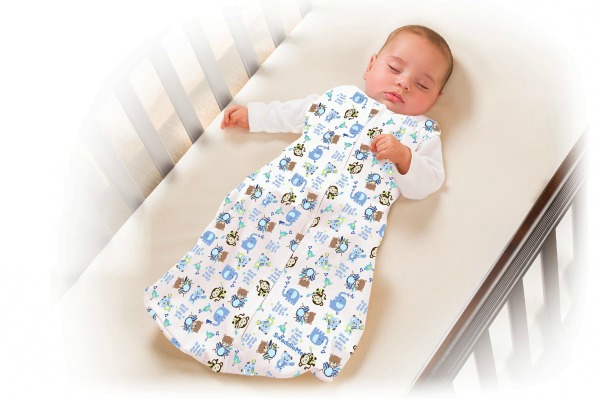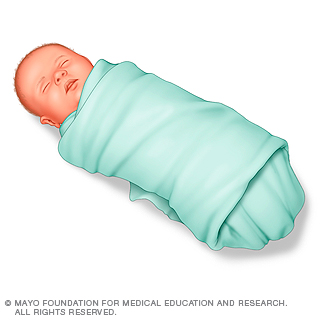The ABC's of Safe Sleep for Baby


Share the room, not the bed. Always place your baby alone in a crib, bassinet, or play yard with a firm mattress. The safest place for your baby to sleep is in your room (within arm’s reach), but not in your bed. This way, you can easily breastfeed and bond with your baby. Never nap on a couch or chair while holding your baby and don’t lay your baby down on adult beds, chairs, sofas, waterbeds, air mattresses, pillows or cushions.

Back is best for baby. Always put your baby to sleep on their back. Healthy babies naturally swallow or cough up their spit up, so your baby will not choke if he’s on his back.

Bare is best. Many parents believe their baby won’t be safe and warm without bumper pads, blankets, pillows, and stuffed animals, but these items can be deadly. Babies can suffocate on any extra item in the crib.
Place your baby to sleep in a safety approved crib with a firm mattress covered by a fitted sheet. Sleep clothing like fitted, appropriate sized sleepers and sleep sacks, are safer for baby than blankets.

How Can You Reduce Risks?
- Always place a baby on his or her back to sleep, for naps and at night.
- Use a firm sleep surface, such as a mattress in a safety-approved crib.
- Room share – keeping a baby’s sleep area in the same room where you sleep reduces the risk of SIDS and other sleep related causes of infant death.
- Keep soft objects, toys, crib bumpers, and loose bedding out of your baby’s sleep area.
- Women should:
- get regular health care during pregnancy, and
- not smoke, drink alcohol, or use illegal drugs during pregnancy or after the baby is born.
- Smoke free zone – do not allow smoking around your baby.
- Breastfeed your baby.
- Give your baby a dry pacifier that is not attached to a string or stuffed animal for naps and at night.
- Do not let your baby get too hot during sleep.
- Follow health care provider guidance on your baby’s vaccines and regular health checkups.
- Give your baby plenty of tummy time when he or she is awake and when someone is watching.
- Talk to those who care for your baby, including child care providers, family, and friends, about placing your baby to sleep, alone, on his back, in an empty crib for every sleep.
Safe Swaddling According to the
American Academy of Pediatrics:
- To reduce the risk of Sudden Infant Death Syndrome, or SIDS, it’s important to place your baby to sleep on his back, every time you put him to sleep. This may be even more important if your baby is swaddled. Some studies have shown an increased risk of SIDS and accidental suffocation when babies are swaddled if they are placed on their stomach to sleep, or if they roll onto their stomach, says Rachel Moon, MD, FAAP, chair of the task force that authored the AAP’s safe recommendations.
- Place your baby on her back, and monitor her to make sure she doesn’t roll.
- Keep hips loose. Babies who are swaddled too tightly may develop a problem with their hips. Studies have found that straightening and tightly wrapping a baby’s legs can lead to hip dislocation or hip dysplasia, an abnormal formation of the hip joint where the top of the thigh bone is not held firmly in the socket of the hip.The Pediatric Orthopedic Society of North America, with the AAP Section on Orhtopedics, promotes “hip-healthy swaddling” that allows the baby’s legs to bend up and out.
